Designation: Sn-Bi
Synonyms: Tinning.
Price: from 10 rub. per dm2
 Close
Close
Please fill out the contact form so that we can process your request.
 Close
Close
Your application has been successfully sent. We will contact you shortly. Please wait for the manager's call!
Continue workNeed metal tinning? This section of our online catalog contains all types of tin coatings and alloys based on tin, which are produced by NPP Elektrokhimiya.
Group combines plating with pure tin and its alloys:
Tin-plating - the coating perfectly protects copper from corrosion, being an anode to it. K steel is the cathode and protects only mechanically. As a coating for soldering, it is used to a limited extent, because. The ability to it disappears in 1-2 weeks after deposition. Pure tin also has such disadvantages as "tin plague" and needle formation. An important advantage - it can be used in food equipment, because. Does not contain toxic components.
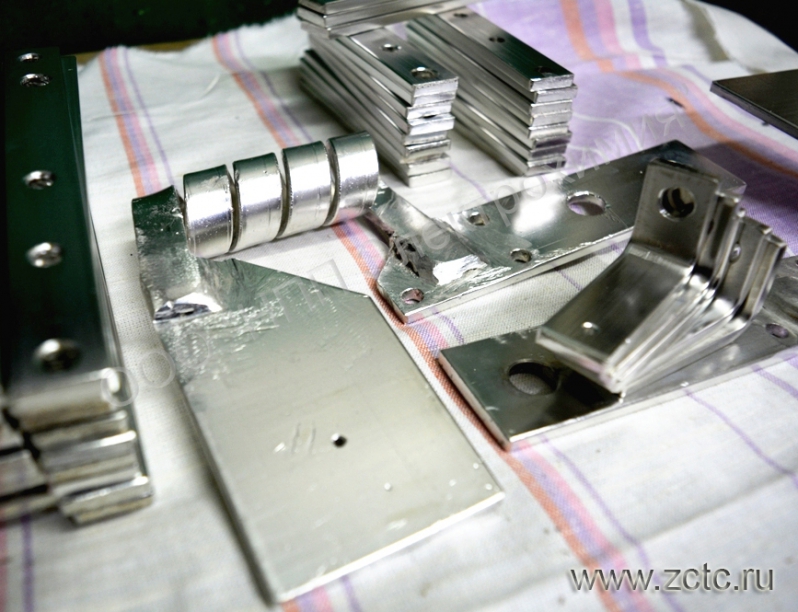
Designation: Sn-Bi
Synonyms: Tinning.
Price: from 10 rub. per dm2
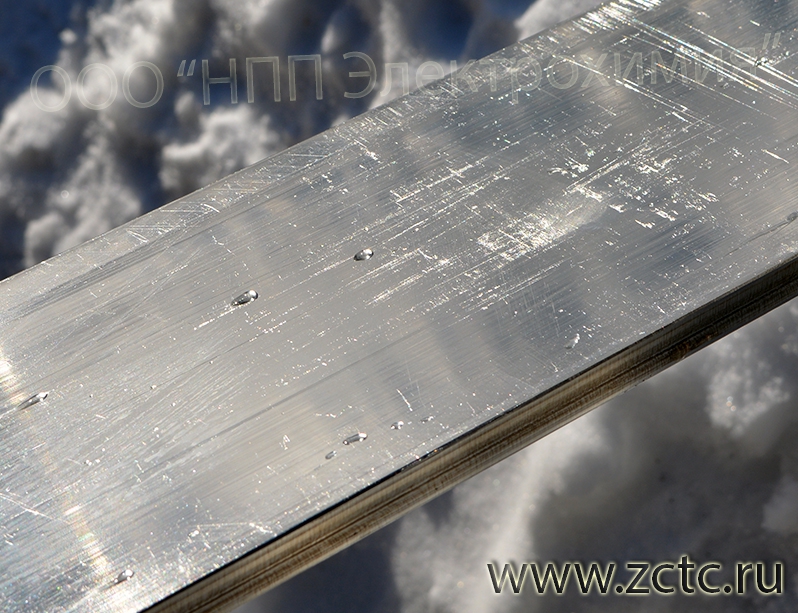
Designation: Sn-Bi
Synonyms: Tinning.
Price:from 10 rub. per dm2
Purpose: Tin coating on copper busbars up to 3 meters is used to protect against corrosion, stabilize transient resistance, and prevent direct contact of the copper busbar with aluminum and galvanized steel (unwanted galvanic couple). Tin-bismuth improves solderability and creates easily break-in layers with movable electrical contacts. The coating improves the appearance of the products. Adding bismuth to the coating allows you to slow down the transition of the plastic white modification of tin to powder gray at temperatures below -30°C.
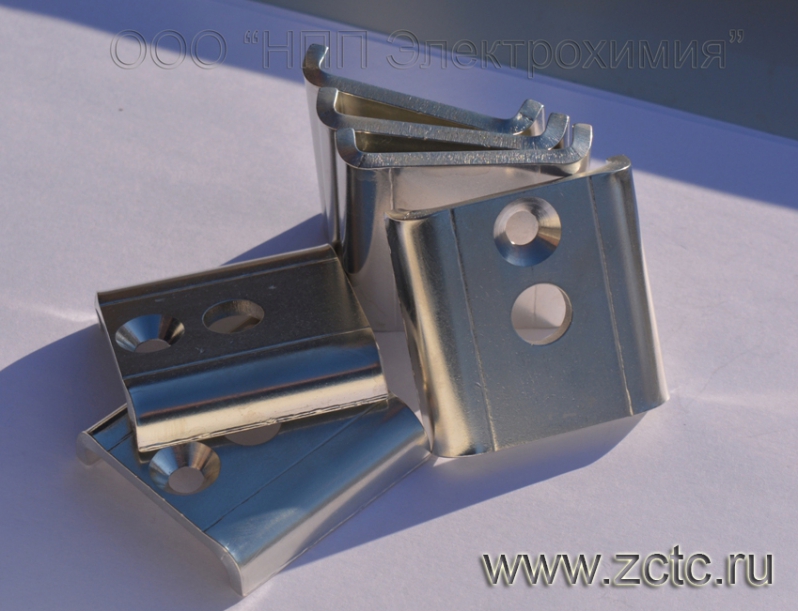
Designation: Sn-Bi
Synonyms: tin coating, tinning, tin plating
Price: from 10 rub. per dm2
Purpose: Tin coating is used to prevent direct contact of stainless steel with aluminum and copper (undesirable galvanic couple), to facilitate the running-in of parts, to seal threaded contacts and to ensure solderability. Adding bismuth to the coating allows you to maintain solderability for up to 1 year, slow down the transition of the plastic white modification of tin to powder gray, and eliminate needle formation during storage.
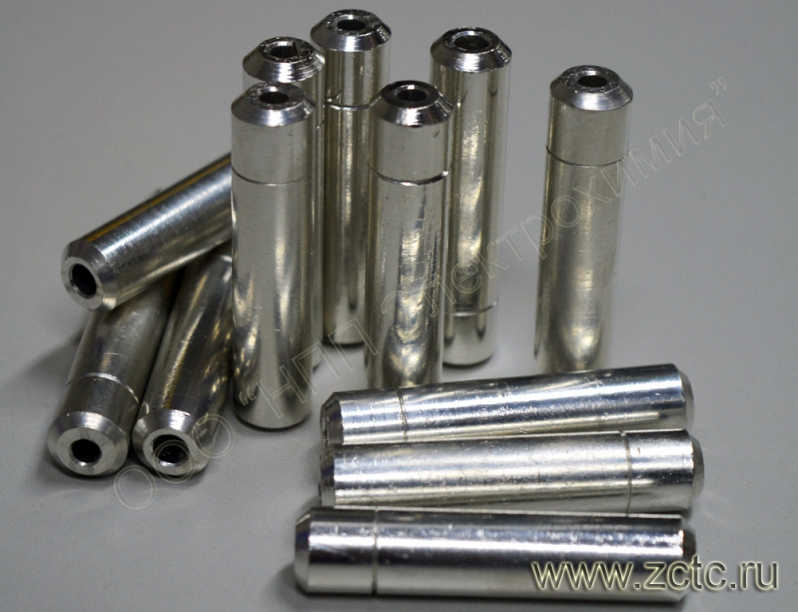
Designation: Sn-Bi
Synonyms: Tinning.
Price: from 10 rub. per dm2
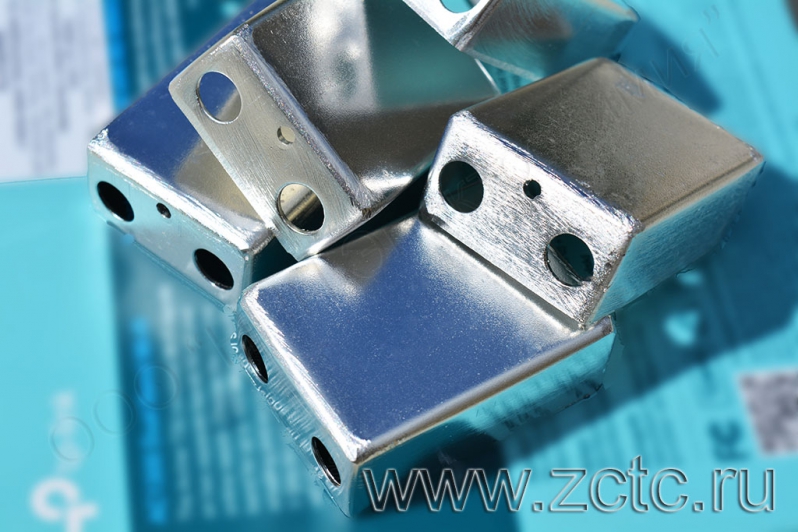
Designation: Sn
Synonyms: Tinning.
Price: from 10 rub. per dm2
Purpose: Tin coating on steel is used for < undefined:p>improving solderability and electrical conductivity,
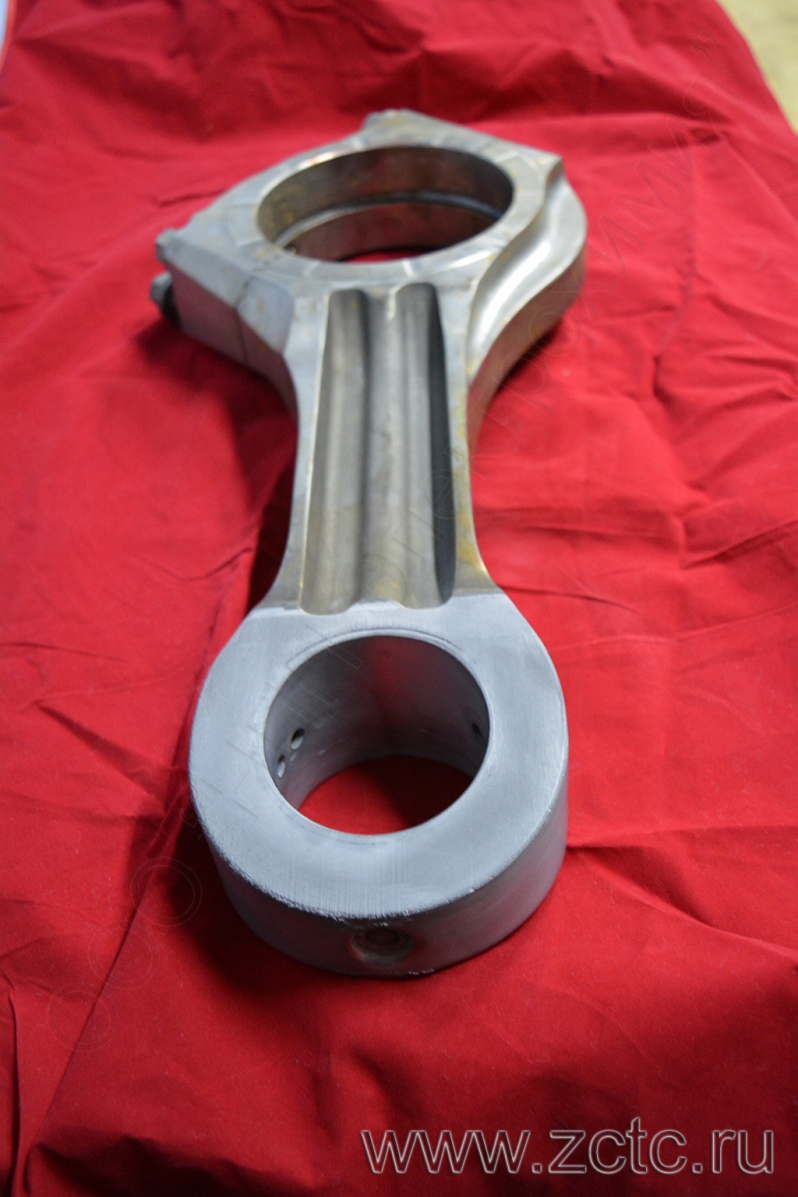
Designation: Sn
Synonyms: Tinning.
Price: from 10 rub. per dm2
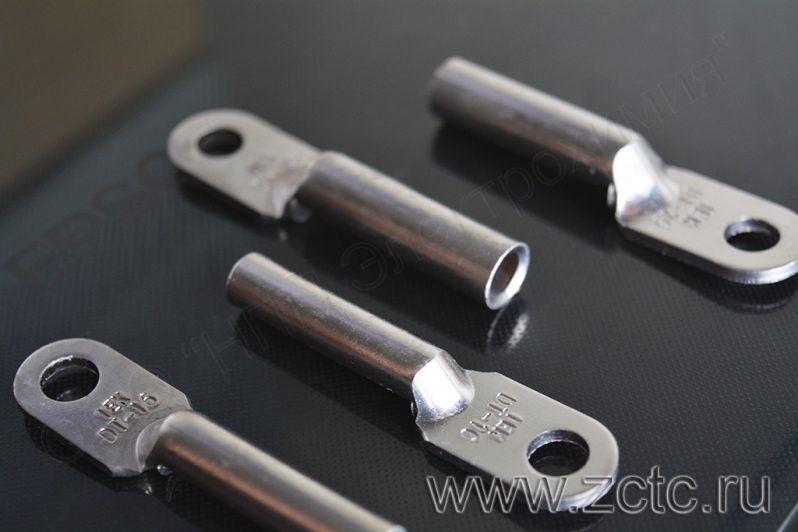
Designation: Sn-Ni
Synonyms: Tinning.
Price: from 10 rub. per dm2
Purpose: Tin-nickel alloy containing tin 60% is characterized by high hardness, ductility and chemical resistance. To copper is the anode. The coating is more wear-resistant than nickel and much more uniform in thickness than chrome. The alloy is stable in concentrated nitric acid, dilute sulfuric and hydrochloric acids, saline environments, and 100% humid atmosphere. It has a high degree of gloss, is easily mechanically polished and retains solderability for a long time. Plastic.
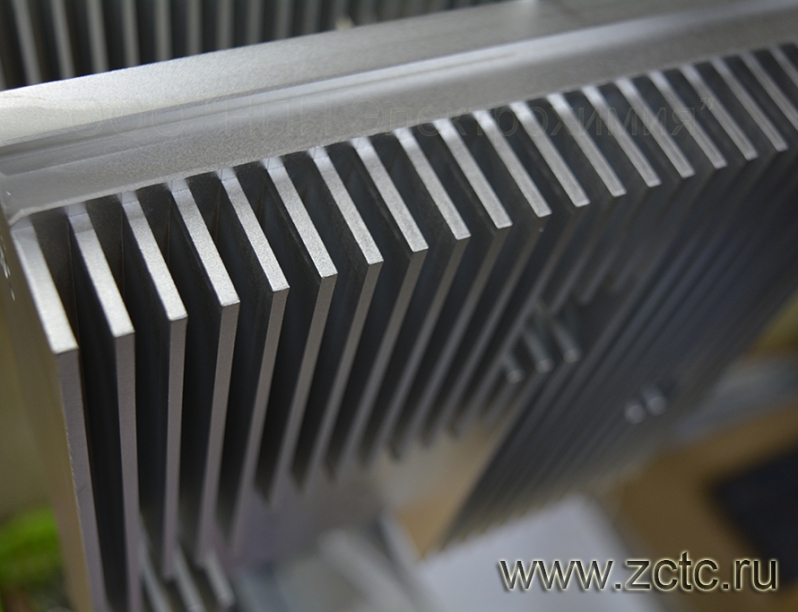
Designation: Sn-Bi
Synonyms: Tinning.
Price: from 10 rub. per dm2
Purpose: Tin coating on aluminum is used to enhance corrosion resistance, improved solderability, elimination of contact of aluminum with copper conductors, creation of an easily break-in layer on rubbing surfaces. Without a technological copper or chemical-nickel sublayer, tin plating of aluminum is impossible. The thickness of the sublayers is usually minimal and such sublayers are not indicated on the drawing (unlike multilayer tinning).
Adding bismuth to the coating allows you to: maintain solderability for up to 1 year, slow down the transition of the plastic white modification of tin to powder gray, and level out needle formation.
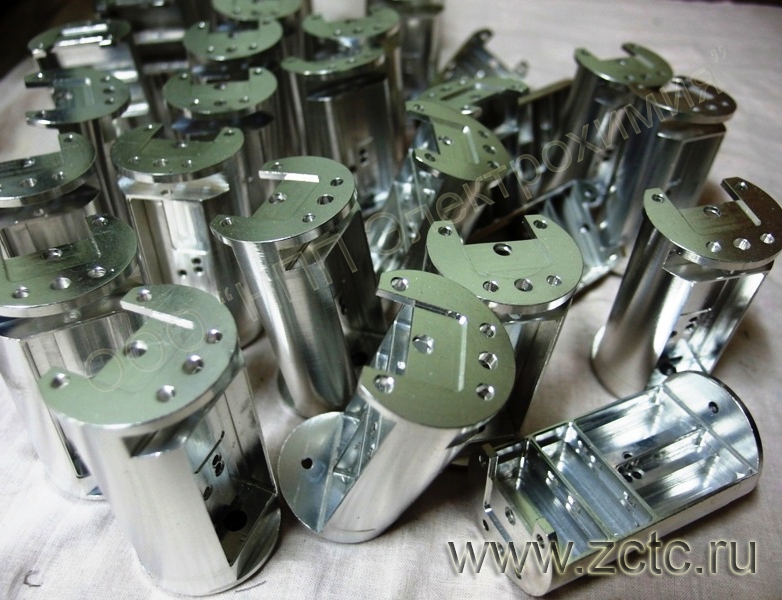
Designation: Sn-Bi
Synonyms: Tinning.
Price: from 10 rub. . per dm2
Purpose: Multilayer tin coating on aluminum is used to ensure maximum corrosion resistance, improve solderability, protecting electrical contacts from oxidation and direct contact with copper, creating an easily break-in layer on rubbing surfaces.
Adding bismuth to the coating allows you to: maintain solderability for up to 1 year, increase frost resistance - slow down the transition of the plastic white modification of tin to gray powder at temperatures below -30°C, to prevent needle formation during storage.
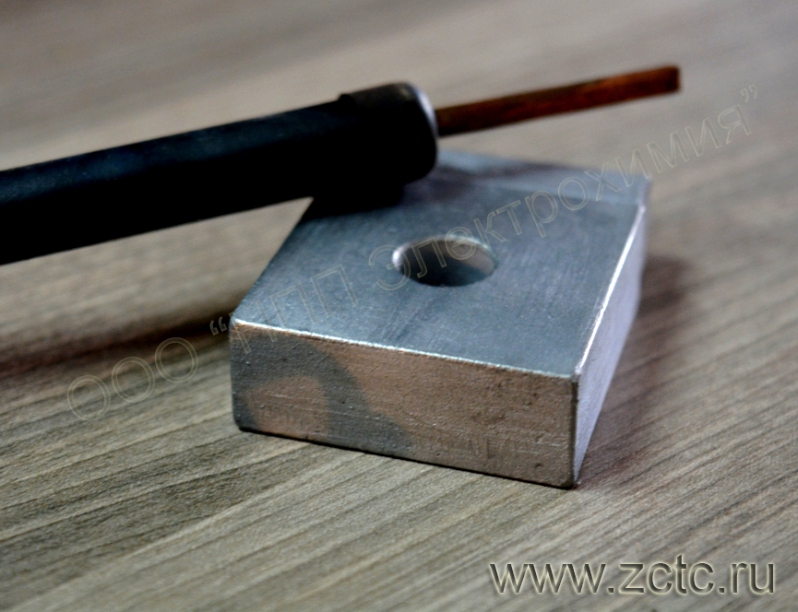
Designation: Sn-Bi
Synonyms: Tinning.
Price: from 10 rub. per dm2
Purpose: Tin-lead coating on aluminum is used as a coating for soldering, as well as anti-friction and protective. In terms of corrosion resistance, it is inferior to the tin-bismuth alloy, but surpasses it in ductility. Tin-lead coating, like tin-bismuth, does not produce needles during storage and is stable at low temperatures, unlike pure tin. The appearance is gray, matte or semi-shiny. Can replace Horizontal POS coverage
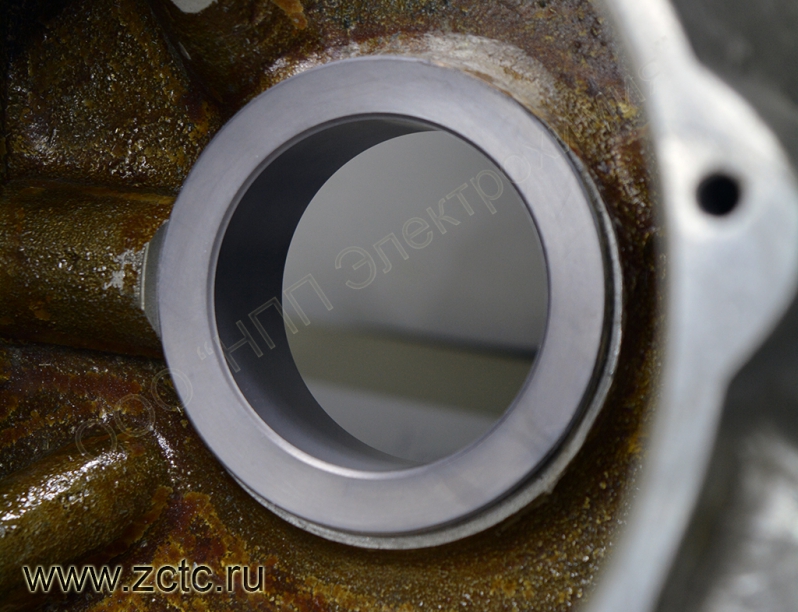
Designation: Sn-Pb
Synonyms: Tinning.
Price: from 10 rub. per dm2
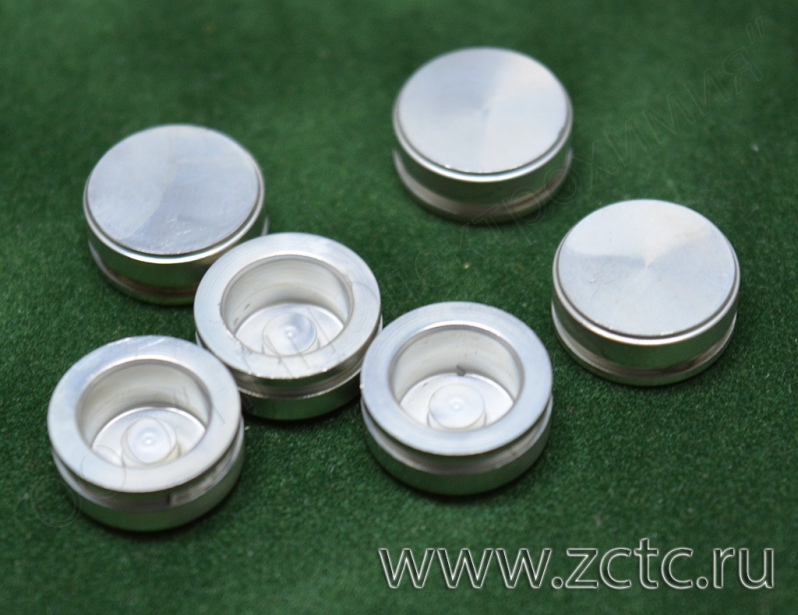
Designation: Sn-Bi
Synonyms: Tinning.
Price: from 10 rub. per dm2

Just leave your request by filling out the form on the right and we will contact you as soon as possible. Thank you!

By submitting an application, you agree to processing of your personal data. Your data is protected.